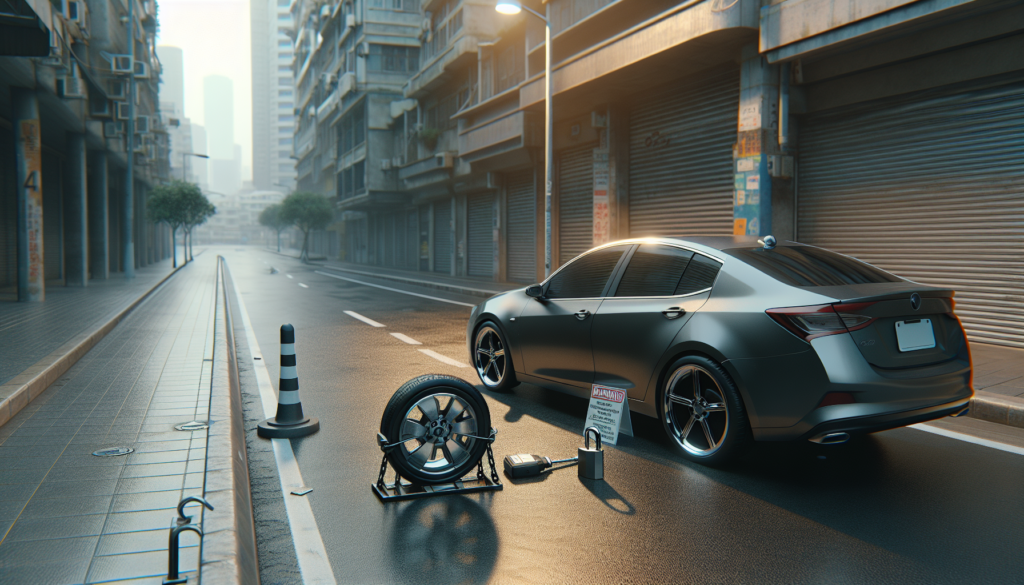
Both Chapter 7 and Chapter 13 of the U.S. Bankruptcy Code can stop a repossession due to the automatic stay provision that goes into effect immediately upon filing for bankruptcy. However, the effectiveness and duration of this protection, as well as the long-term outcomes for the debtor, can vary significantly between the two chapters.
Chapter 7 Bankruptcy and Repossession
- Immediate Stop: Filing for Chapter 7 bankruptcy triggers the automatic stay, which immediately stops all collection actions, including repossession of assets like vehicles.
- Temporary Relief: The relief in Chapter 7 is generally temporary. Chapter 7 bankruptcy can discharge unsecured debts, potentially freeing up resources that could help you catch up on secured debts. However, if you cannot make the payments or negotiate a solution with the lender, the creditor can request the court to lift the automatic stay and proceed with the repossession.
- Redeeming the Property: Chapter 7 offers the option to redeem the property by paying the creditor a lump sum equal to the current replacement value of the property, although this is often financially challenging for debtors already in distress.
Chapter 13 Bankruptcy and Repossession
- Long-Term Solution: Chapter 13 bankruptcy not only stops repossession actions via the automatic stay but also provides a mechanism for debtors to keep their property in the long term. Debtors propose a repayment plan that includes their intention to catch up on arrears and continue making regular payments on the secured debt.
- Cramdown Provision: In some cases, Chapter 13 allows for a “cramdown” of the debt on personal property (like a car), where the loan amount can be reduced to the current market value of the property if certain conditions are met. This can lower the monthly payments and make it easier to pay off the debt over the life of the Chapter 13 plan.
- Plan Completion: Successfully completing the Chapter 13 repayment plan (usually 3-5 years) can lead to the discharge of remaining unsecured debts and allow you to emerge from bankruptcy with your property intact and your secured debts resolved.
Considerations
- Lender’s Motion to Lift the Stay: In both Chapter 7 and Chapter 13 bankruptcies, creditors can file a motion to lift the automatic stay regarding specific properties. If granted, the creditor can proceed with repossession. However, in Chapter 13, as long as you comply with your repayment plan and make necessary payments towards the secured debt, such motions are less likely to succeed.
- Keeping the Property: To keep the property in both types of bankruptcy, you’ll need to continue making payments or otherwise satisfy the debt obligation according to your agreement with the creditor or your Chapter 13 repayment plan.
While both Chapter 7 and Chapter 13 bankruptcy can temporarily stop a repossession due to the automatic stay, Chapter 13 offers a more robust solution for individuals seeking to keep their property in the long term. By allowing debtors to catch up on missed payments through a structured repayment plan and potentially adjust the terms of their secured debts, Chapter 13 provides a pathway to financial recovery while retaining essential assets. Consulting with a bankruptcy attorney can help you understand which chapter best suits your situation and how to navigate the process to achieve the best possible outcome.

Get a Free Bankruptcy Case Evaluation